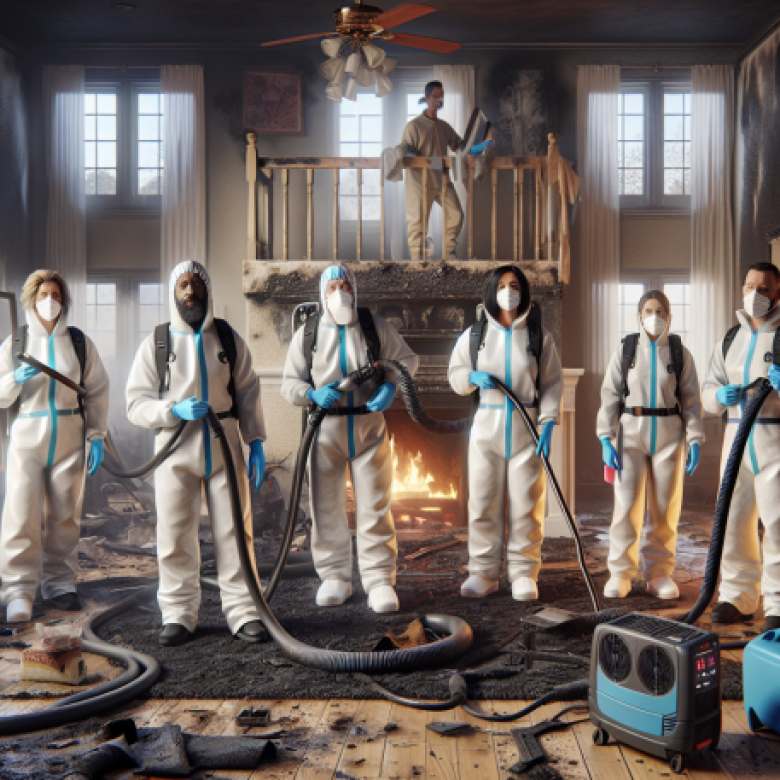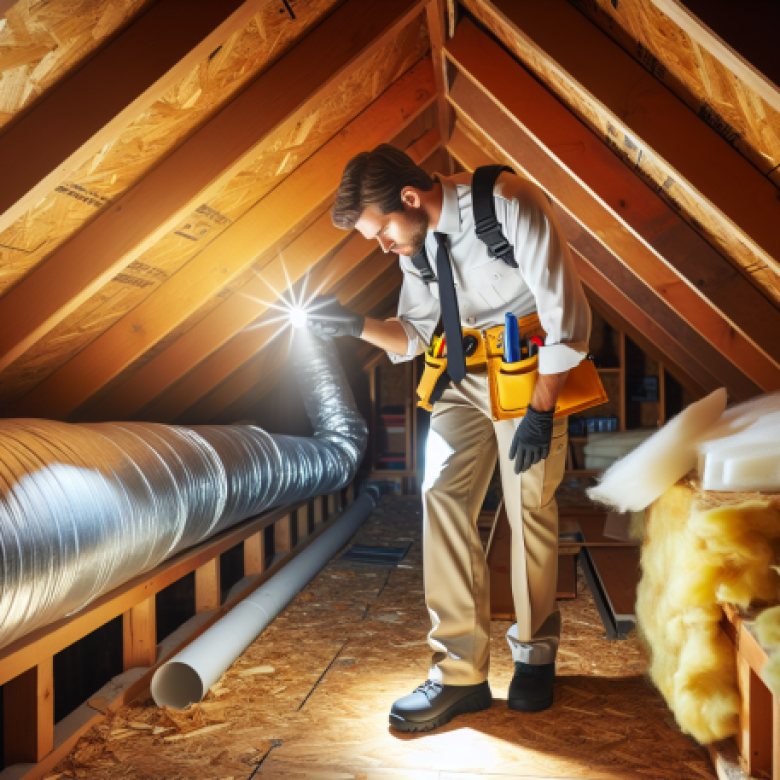Mold can be a silent intruder, slowly creeping into your property and causing significant damage over time. If not addressed promptly, it can lead to serious health issues and structural damage. At Projekt Property Restoration, we understand the importance of tackling mold issues head-on. With over 16 years of experience in property restoration, we specialize in mold remediation and assessment, providing comprehensive solutions to keep your property mold-free. Our licensed and insured team is equipped with state-of-the-art equipment and the necessary expertise to handle any mold-related concerns. We’re not just about restoring properties; we’re about restoring peace of mind. Our commitment to customer satisfaction, 24/7 availability, and competitive pricing sets us apart in the industry. So, if you’re grappling with mold issues, remember, we’re just a call away. Let us help you reclaim your property and get back to your normal life.
Identifying and Understanding the Different Types of Mold in Your Property
Mold is a common issue that property owners face. It is a type of fungus that grows in damp and humid environments, and it can cause various health problems if not addressed promptly. Mold can appear in various forms and colors, and understanding the different types of mold can help you effectively address the issue.
There are over 100,000 types of mold, but the most common types found in properties include Aspergillus, Cladosporium, Penicillium, and Stachybotrys, also known as black mold.
- Aspergillus is a common indoor mold that can cause respiratory problems and allergic reactions. It appears in various colors, including white, yellow, green, or black.
- Cladosporium is a type of mold that grows in both warm and cool areas. It is often found on fabrics, wood surfaces, and inside HVAC systems. It appears as black or olive-green spots.
- Penicillium is a blue or green mold that often grows on materials that have been damaged by water. It can cause allergic reactions and respiratory problems.
- Stachybotrys, or black mold, is a toxic mold that produces mycotoxins, which can cause severe health problems. It appears as black or dark green slimy spots.
Identifying the type of mold in your property is crucial as it helps determine the best course of action for mold removal. For instance, if you have black mold, you may need to hire a professional mold removal service due to its toxicity.
Understanding the different types of mold also helps in preventing future mold growth. For example, if you find Cladosporium in your HVAC system, it indicates that you need to improve your property’s ventilation to prevent mold growth.
According to the Environmental Protection Agency (EPA), mold can cause various health problems, including nasal stuffiness, throat irritation, coughing, eye irritation, and, in some cases, skin irritation. People with mold allergies may have more severe reactions, including shortness of breath. In people with weakened immune systems and with chronic lung illnesses, mold infections can occur.
"If mold is a problem in your home, you must clean up the mold and eliminate sources of moisture." – EPA
To effectively address mold issues in your property, you need to:
- Identify the type of mold.
- Determine the extent of the mold problem.
- Remove the mold and clean the affected areas.
- Address the source of moisture to prevent future mold growth.
You can use a mold calculator to estimate the cost of mold removal. However, for severe mold problems, it is recommended to hire a professional mold removal service.
In addition to mold removal, you may also need to repair any water damage that caused the mold growth. You can contact a water damage restoration service for this purpose.
In conclusion, understanding the different types of mold in your property is crucial in addressing mold issues effectively. By identifying the type of mold and addressing the source of moisture, you can prevent future mold growth and maintain a healthy living environment.
Effective Strategies for Mold Prevention and Remediation
Mold is a common problem in many properties, and it can cause significant health issues and property damage if not addressed promptly and effectively. Therefore, it is crucial to understand the strategies for mold prevention and remediation.
The first step in preventing mold is to control the moisture levels in your property. Mold thrives in damp and humid conditions, so it is essential to ensure that your property is well-ventilated and that any leaks or sources of dampness are promptly addressed. Regularly inspecting your property for signs of water damage can help you catch and fix any issues before they lead to mold growth. If you notice any signs of water damage, such as discoloration or damp patches on walls or ceilings, it is advisable to contact a professional restoration service immediately.
Another effective strategy for mold prevention is regular cleaning and maintenance. This includes regularly cleaning and drying areas that are prone to dampness, such as bathrooms and kitchens, and ensuring that your property is well-maintained to prevent leaks and water damage.
If mold is already present in your property, it is crucial to take immediate action to remediate it. The first step in mold remediation is to identify and address the source of the moisture that is allowing the mold to grow. This may involve repairing leaks, improving ventilation, or using a dehumidifier to reduce humidity levels in your property.
Once the source of the moisture has been addressed, the next step is to clean and disinfect the affected areas. This should be done using a solution of bleach and water, or a specialized mold cleaning product. It is important to wear protective clothing and a mask during this process to protect yourself from exposure to mold spores.
In some cases, particularly if the mold infestation is extensive or if it has caused significant damage to your property, it may be necessary to hire a professional mold remediation service. These services have the expertise and equipment necessary to safely and effectively remove mold from your property and restore it to its original condition.
For instance, if you are in Fort Lauderdale and facing a mold issue, you can reach out to Fort Lauderdale mold removal services. They can provide a comprehensive mold assessment and develop a customized remediation plan for your property.
In conclusion, preventing and remediating mold in your property involves a combination of moisture control, regular cleaning and maintenance, and prompt action to address any signs of mold or water damage. By following these strategies, you can protect your property and your health from the harmful effects of mold.
In conclusion, addressing mold issues in your property is not just about maintaining aesthetics, but more importantly, it’s about safeguarding your health and the structural integrity of your home. This comprehensive guide has provided you with valuable insights on how to identify, prevent, and remediate mold problems. However, remember that while minor mold issues can be handled personally, severe infestations require professional intervention. Stay vigilant, take prompt action, and ensure your property remains a safe, mold-free environment.




